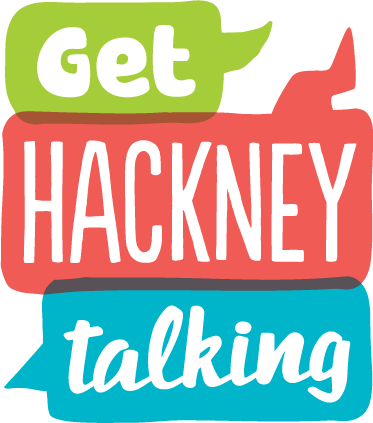What are Receptive Language Skills?
- Receptive language refers to our ability to understand spoken language. This includes understanding instructions, questions, explanations, descriptions, vocabulary and concepts.
- Receptive language can also include the ability to understand ‘non-literal language’ where the words do not mean exactly as they seem to suggest e.g. ‘pull your socks up’.
- Language may be simple such as one part instructions (‘can you close the door’) or complex such as instructions with several parts (‘after you place your book in your bag and put your desk next to the window, can you close the door’).
- Our understanding of language used around us depends on our receptive language skills.
What signs may a young person with receptive language difficulties present with?
- They may follow instructions incorrectly or incompletely.
- They may answer questions incorrectly, with an off topic answer or with frequent ‘don’t know’ responses.
- They may interpret comments literally.
- They may not seem to understand or remember what has been said.
- They may find it difficult to understand words you would expect for their age.
- They may need extra time, repetition and instructions broken down into steps in order to understand.
- They may present with behavioral difficulties or may mask their difficulties by agreeing with everything people say and not saying when they have not understood.
How can you support your child at home?
- Get your child’s attention – say their name before asking questions or giving instructions so they know when to listen
- Give your child more time to respond to help them process information
- Break instructions down into small chunks
- Use visuals such as gestures, photos and objects to support their understanding
- Slow down your speech to support their ability to process words
- Make information explicit – rather than expect your child to guess hidden meanings, be clear about what you mean
- Check your child has understood instructions or information by asking them to explain in their own words what you have said.
Activities you can try at home
- Barrier Drawing
- Take a piece of paper each. Draw a simple picture without letting your child see it. Give your child instructions so that he/she draws the picture the same as yours. Encourage your child to ask you questions if they do not understand, for example ‘the instruction is too long, can you break that down?’ or ‘I don’t know that word, what does X mean?’
- What am I?
- Choose the name of an object. Describe clues about the object without saying its name. Ask your child to guess what the object is. For example, ‘it’s made of paper and we read it, it has lots of pages’ (book). Do this for harder words or words related to your child’s homework, for example ‘echo’ or ‘pedestrian’.


